|
Las HILANDERAS DE COLLIGUAY poseen la tradición de hilar bellamente la lana de oveja y tejen productos tradicionales de muy buena calidad. Cuando intentan realizar nuevos productos, estos no logran la misma belleza y calidad, haciendo difícil o nula la venta de los mismos.
La ESCUELA DE DISEÑO de la UNIVERSIDAD DE VALPARAÍSO ha desarrollado varias experiencias académicas relacionando el diseño con la artesanía tradicional con efectos de trascendencia para los alumnos pero no para los artesanos, quienes no hacían uso de los resultados de aquellas experiencias.
En la experiencia 2006, se está realizando una relación sostenida y constante, de mucha interacción entre artesanas y alumnos, provocando a la fecha inquietud en el grupo de artesanas de Colliguay que evalúan las propuestas de los alumnos y los resultados obtenidos, y plantean nuevas propuestas en base a lo experimentado. No se trata de que repliquen las propuestas de los alumnos sino que descubran lo nuevo que ellas mismas pueden crear.
El Taller y Práctica posterior académicos, se han desarrollado aplicando la experiencia de dos talleres anteriores (2000 y 2004) y rescatando como puntos de partida en la búsqueda de nuevos productos, los recursos propios de la artesanía textil de Colliguay: el payado que es su manera de dibujar en los tejidos, el hilado tosco usado para objetos de inferior calidad, el ponpón utilizado solo para dar terminaciones a los bolsos, el vellón usado como tramas decorativas, el mimbre utilizado por un artesano vecino que ha hecho los muebles de toda la comunidad y que las hilanderas jamás habrían tejido.
|
The Hilanderas of Colliguay have the tradition to spin beautifully the ewe wool and tile traditional products of very good quality. When they try to make new products, these do not achieve the same beauty and quality, making it difficult and hard to sell.
The School of Design of the University of Valparaiso has developed several academic experiences relating the design to the traditional crafts with effects of importance for the students but it does not stop the craftsmen, who did not make use of the results of those experiences.
During 2006, a regular relationship is being developed, with interaction between craftswomen and students. This energises the group of craftswomen of Colliguay, who given their evaluations of the resulting proposals of the students, and make new proposals on the basis of the experimented thing. It is not just that they respond to the proposals of the students, but they discover what’s new that they themselves can create.
The academic Workshop and later Practice, have been developed applying the experience of two previous workshop (2000 and 2004) and maintaining outcome possibilities in the search of new products, the own resources of the textile crafts of Colliguay: the payado one that is its way to draw in the weaves, the used coarse spinning for objects of inferior quality, ponpón is used singlly to give completions to the purses, vellón used as decorativas plots, the wicker used by a neighbouring craftsman that have made the furniture of all the community and that the Hilanderas never would have woven.
|


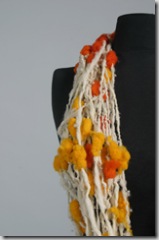
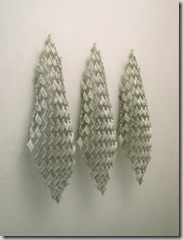

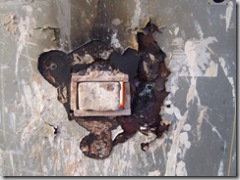
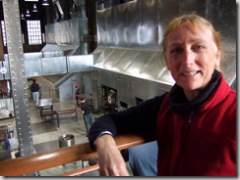
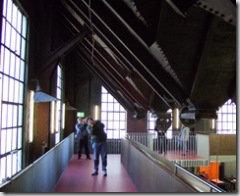

 The temperatures were plunging down to their minimum of minus 3 degrees. Around forty locals gathered in the yard of artist-run gallery Watch This Space, huddled around the glowing braziers.
The temperatures were plunging down to their minimum of minus 3 degrees. Around forty locals gathered in the yard of artist-run gallery Watch This Space, huddled around the glowing braziers.